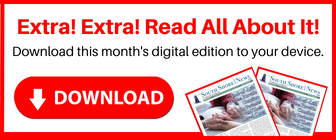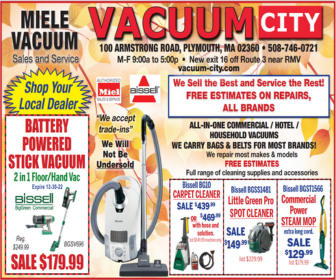By Patricia Prewitt, Consumer Education Advocate
Have you ever wondered about those television commercials that urge you: “Call 1-800-000-0000 if you cannot afford these medications—XYZ company may be able to help?” Most major pharmaceutical companies DO have options to reduce out-of- pocket costs for expensive brand name drugs. These programs are intended to increase access to medications that may otherwise be unaffordable for patients.
What are Patient Assistance Programs by pharmaceutical companies?
In order to provide access for patients to new, patent protected, and expensive medications, most pharmaceutical companies will offer a program through a charitable foundation or non-profit entity to qualifying patients. The medication is either not covered on a formulary plan, or the out-of-pocket cost is high.
How is this different from Extra Help from Medicare?
Each company uses different income criteria as a qualifier for access to their patient assistance programs. Unlike the Federal Extra Help program, the qualifying annual income is typically 300%-500% of the Federal Poverty Level. In 2023 at 300%, income would be under $43,740; 400% under $58,320, and at 500% income under $72,900 for a single individual. For a 2-person household, the income guidelines are even higher.
Where can I find information about Patient Assistance for my medication?
The best place to start is the drug manufacturer’s official website for the high-cost brand product. Check for “savings programs,” or “patient assistance,” or “patient access” tabs. Sometimes there is a direct link to a patient assistance application. Don’t be surprised if it may redirect the search to their charitable organization or partner. It can take a bit of clicking to find the information. Check the income guidelines before proceeding further.
Why would I want to explore this option?
If a needed medication is truly unaffordable, or not covered, these programs can really help to offset out-of-pocket costs through privately funded charitable foundations. Once approved, typically, a 3-month supply of the medication will be sent to your home or your physician’s office for pick up at no cost.
How hard is it to apply?
As you can imagine, verification documents like tax returns are required to confirm a match to income criteria. Each program, and even each medication, is likely to have different rules. Your provider WILL need to sign at least one page of the application—it serves as a prescription. Once you find the proper information, it is fairly straightforward. Often a phone number is provided for live help.
What else should I know?
Do not expect the process to be fast. I always suggest people keep a copy of the application. A medication may be approved for 12 months, or there could be a renewal process every three months. Costs towards your deductible or medical expenses are not allowed, since the product is given to you at no cost. Each program will have its own nuances and rules to follow.
Practical Considerations:
Most people are surprised to learn that income guidelines can be as high as $72,900 for a single person, or $98,600 for a couple when the 500% federal poverty guideline is used. Be kind to medical office staff, or anyone who helps with your application. This can be a lot of work, but a worthwhile endeavor.
About the Author: Patricia Prewitt is a local Massachusetts resident who spent over 30 years in the pharmaceutical industry. Tricia is a consumer education advocate, and loves helping people find ways to save money on their prescriptions. More information and free resources are available on her website at https://mypersonalrxadvisor.com or call her at 508-507-8840.
Favorite Quote: “Act as if what you do makes a difference. It does.”—William James






